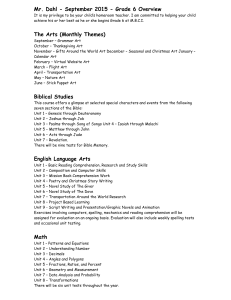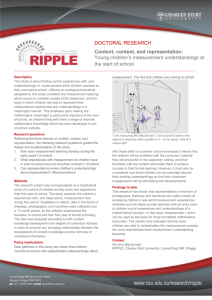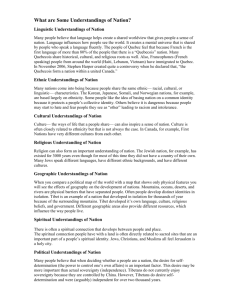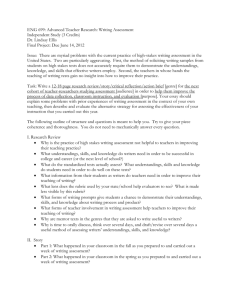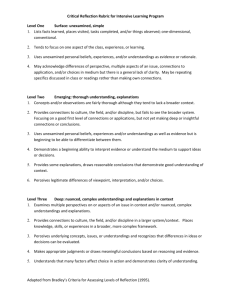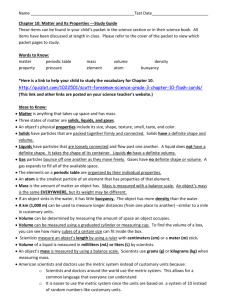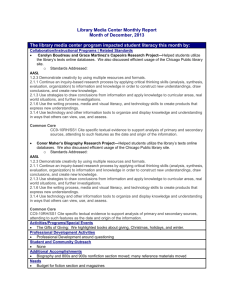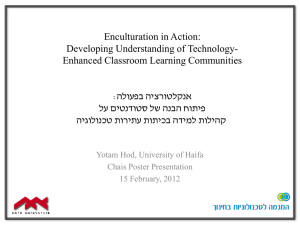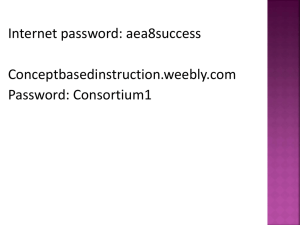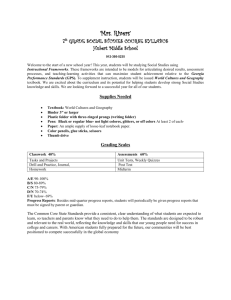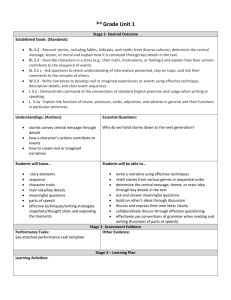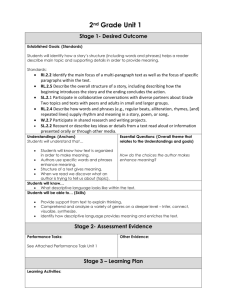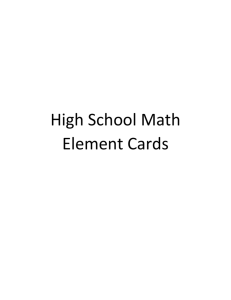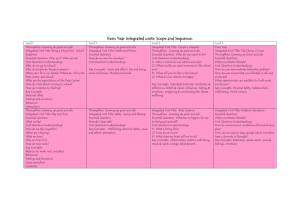Lesson Plan Thurs. 9/10
advertisement
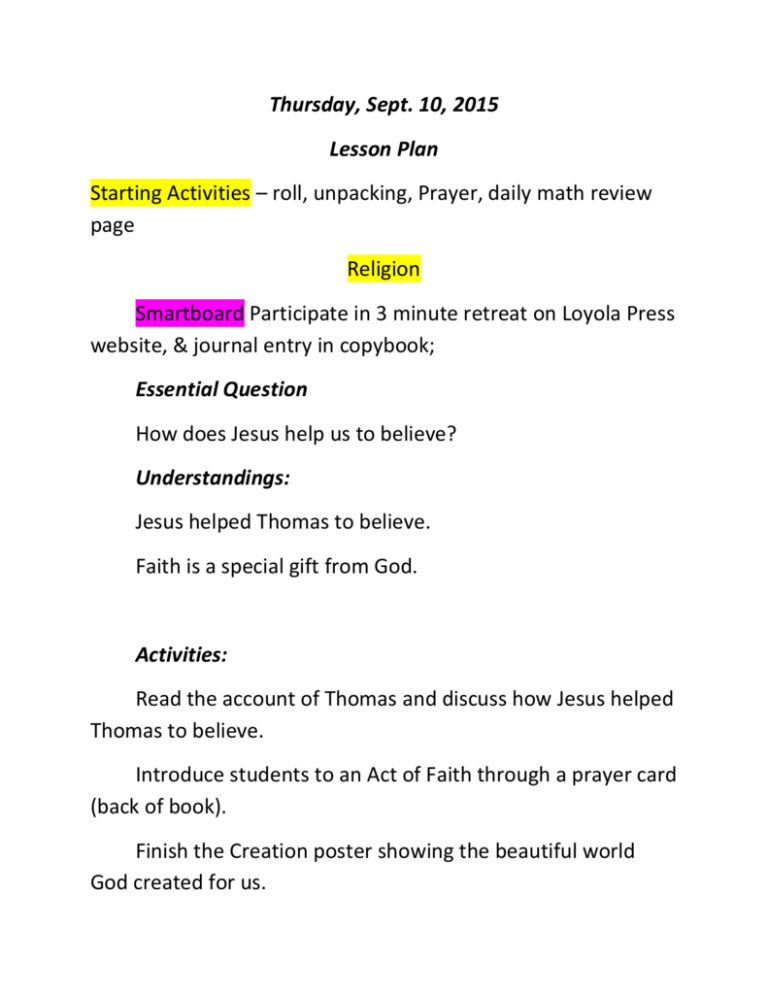
Thursday, Sept. 10, 2015 Lesson Plan Starting Activities – roll, unpacking, Prayer, daily math review page Religion Smartboard Participate in 3 minute retreat on Loyola Press website, & journal entry in copybook; Essential Question How does Jesus help us to believe? Understandings: Jesus helped Thomas to believe. Faith is a special gift from God. Activities: Read the account of Thomas and discuss how Jesus helped Thomas to believe. Introduce students to an Act of Faith through a prayer card (back of book). Finish the Creation poster showing the beautiful world God created for us. Text: p. 6 Math Smartboard – Investigate On-line resources – LearnZillion.com https://learnzillion.com/lesson_plans/4129-7-apply-conversions-of-customary-measurement-a#fndtnlesson Practice converting larger to smaller customary units, and use OP1 on calculator and double number line strategies to solve problems Essential Question – How can you compare and convert customary units? Understandings: Students will use multiplicative comparisons to convert units of length, mass, volume, and time. Within one system of measurement, students will use different units of measure to represent the same quantity. Review: Students will find an inverse relationship between the size of a unit of measurement and the number of those units it takes to equal a given length, distance, mass, volume, time. Activities Word Wall Review of Customary Units and their equivalents Given measurement conversion word problems student will convert from larger to customary units using multiplication, calculator OP1, and double number line strategies. Homework - IXL Lesson Review –Measurement: N6 Spelling Objective: Establish weekly spelling routines; pretest Unit 2 Activities: Complete Unit 1 Text activities and do an oral spelling bee Text: Unit 1 Reading Week 1 Day 4 Essential Question: Where do good ideas come from? Understandings: Structural elements of a fairy tale – Have a main character who must complete a difficult task or journey Usually contains imaginary creatures Include illustrations and have a happy ending Structural elements of prose Characters Setting Plot Sequence is the order of events in which the key story events take place Word meanings can be identified using synonyms and sentence context. Objectives: Read with fluency and expression. Identify synonyms in sentence context. Describe in depth a character, setting, and event in a fairy tale drawing on specific details in the text. RL.4.3 Paraphrase portions of a text read aloud. SL.4.2 Engage effectively in a range of collaborative discussions. SL4.1b Follow agreed upon rules for discussionSL4.1b Activities Wrkbk p.3 – 7 English Essential Question: What constitutes a sentence and what are the different types of sentences? Understandings: Students will identify a sentence as a group of words that expresses a complete thought. Students will distinguish between imperative (command or request) sentences and exclamatory (expresses strong emotion) sentences. Students will recognize question words – who, what, where, when, why, how, and do that begins a sentence- to use when determining or writing interrogative questions Objective: Check workbook p. 5; Loyola website Lunch & Recess Science Review Chapter 1 Lesson 1 & Lesson 2 Essential Question: How do scientists make observations? How do scientists use tools? How do scientists share observations? Understandings: A tool is an object or device used to perform a task. Tools can help you measure or gather information. Scientists make observations many times to make sure their data are accurate. Scientists use safety equipment and follow safety rules to be careful and avoid injuries. Objectives: Students will identify text features such as headings, labels, pictures, and captions. Activities: Lightning Lab Text p. 8 Complete Explore It activities p. 10. Share and discuss lab findings. Social Studies Tour 1 Essential Question: What unites people in the different regions of the United States? Objective: Students will use primary sources – flag and “This Land is Your Land” by Woody Guthrie to acquire information; identify 5 different regions in the U.S., describe specific details about the different regions. Understandings: The five regions are the Northeast, Southeast, Midwest, Southwest, and West. Alaska and Hawaii are part of the West Region. The world is made of landforms in high and low places – mountains, plains, deserts, canyons, and plateaus. Some landforms create regional boundaries while states have created political boundaries. Text: Complete Review p. 15 & Vocabulary Preview Worksheet
